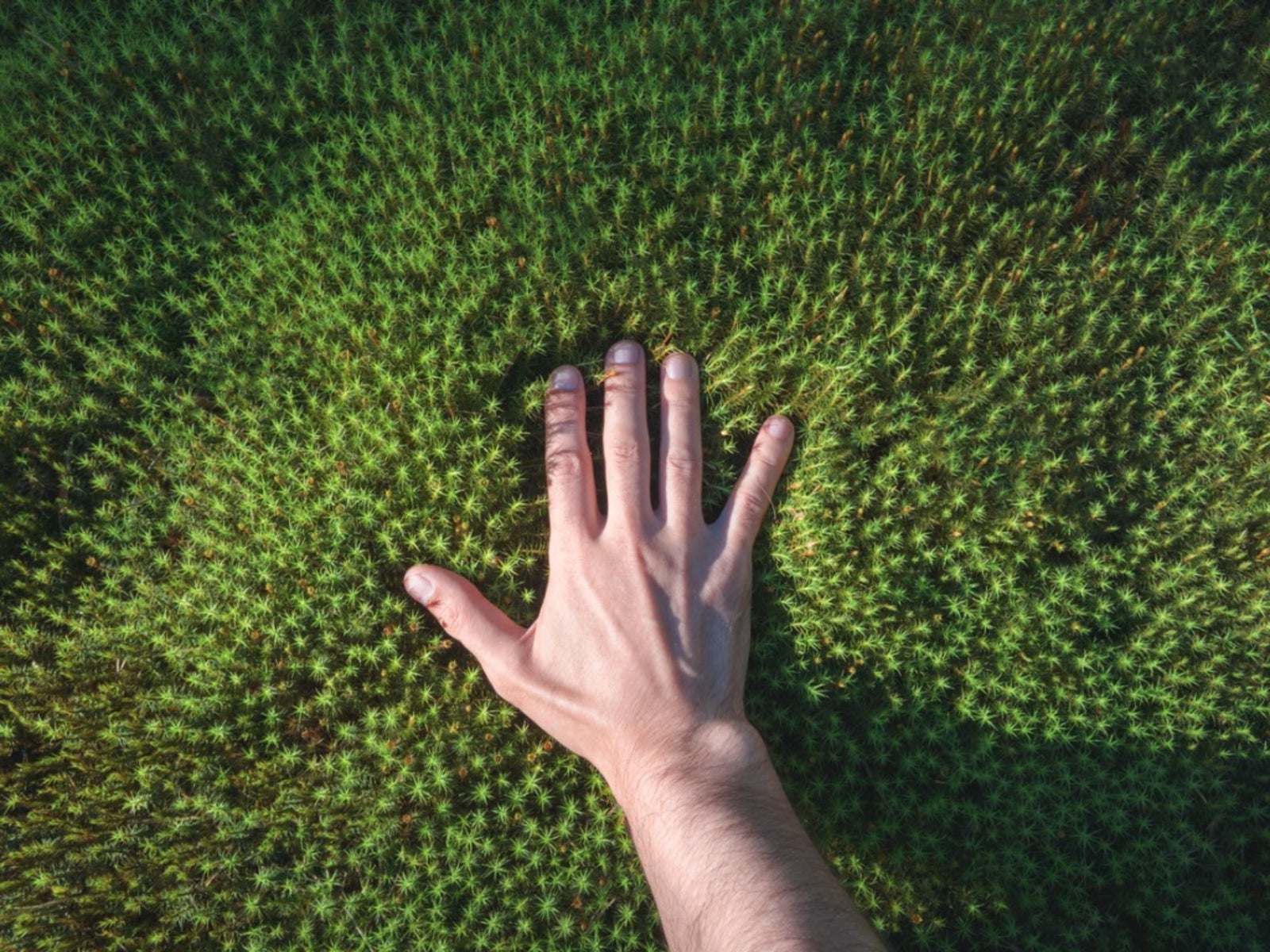Moss As Lawn Substitute: How To Grow A Moss Lawn


In some areas of the country, moss in a lawn is the homeowner's nemesis. It takes over turf grass and leaves unsightly brown patches in summer when it goes dormant. For the rest of us, moss can be a great alternative to that high maintenance grass. Using moss as lawn provides wonderful springy groundcover that can be walked on moderately -- a no-mow alternative with rich, deep color and texture. It just might be a good choice for your lawn needs. Learn how to grow a moss lawn and see if it's the perfect option for you.
Moss Lawns Instead of Grass
Moss lawns instead of grass save on water, time and fertilizer. The stuff practically grows on trees. Actually it does, as well as steps, rocks, wheelbarrows, etc. You get the idea. Moss is nature's natural carpet, and with the right combination of conditions, it forms a nice alternative to standard turf. In order to have moss lawns instead of grass, it's necessary to meet a few conditions. Moss requires an acidic environment, compact soil, protected sun to semi-shade, and consistent moisture. There are several types of moss. Some of them include clumping acrocarops or spreading pleuocarps. The best way to install moss as lawn is to choose varieties that are native to your region. That way you aren't working against nature, since the plants are built to thrive in the local conditions, requiring less time to establish and even less time to maintain. Once the plants have established, they just need weeding and moisture.
How to Grow a Moss Lawn
Site preparation is the most important step. Remove any plants in the area, and rake it smooth and free of debris. Check the soil pH, which should be around 5.5. If your soil is higher, lower the pH with sulfur applied as directed. Once the soil has been amended, tamp it down to a solid surface. Then it's time to plant. It is not recommended to harvest mosses from nature, as these are important parts of the ecosystem and will take a long time to re-establish in the environment. Mosses can be purchased from some nurseries, or you can propagate moss, making a slurry by grinding up the moss with water and broadcasting it onto the prepared surface. The latter method takes longer to fill in but it has the advantage of allowing you to select a wild moss from your landscape and use it as a moss lawn alternative. The reason this is beneficial is because you know that moss likes your site conditions and is a native moss, which gives the plant a better chance of thriving.
Moss Lawn Care
If you are a lazy gardener, you are in luck. Moss lawns require minimal attention. In hot dry periods, give them 2 inches (5 cm.) of water daily in the morning or evening, especially for the first 5 weeks. As they fill in, pay attention to the edges of moss which can dry out quickly. Be cautious not to tromp on the moss consistently. It can handle light foot traffic but in heavily passed areas, install stepping stones or stairs. Weed moss as needed to keep competing plants at bay. Other than that, moss lawn care is as simple as it gets, and you can put away that lawn mower.
Sign up for the Gardening Know How newsletter today and receive a free copy of our e-book "How to Grow Delicious Tomatoes".

Bonnie Grant is a professional landscaper with a Certification in Urban Gardening. She has been gardening and writing for 15 years. A former professional chef, she has a passion for edible landscaping.